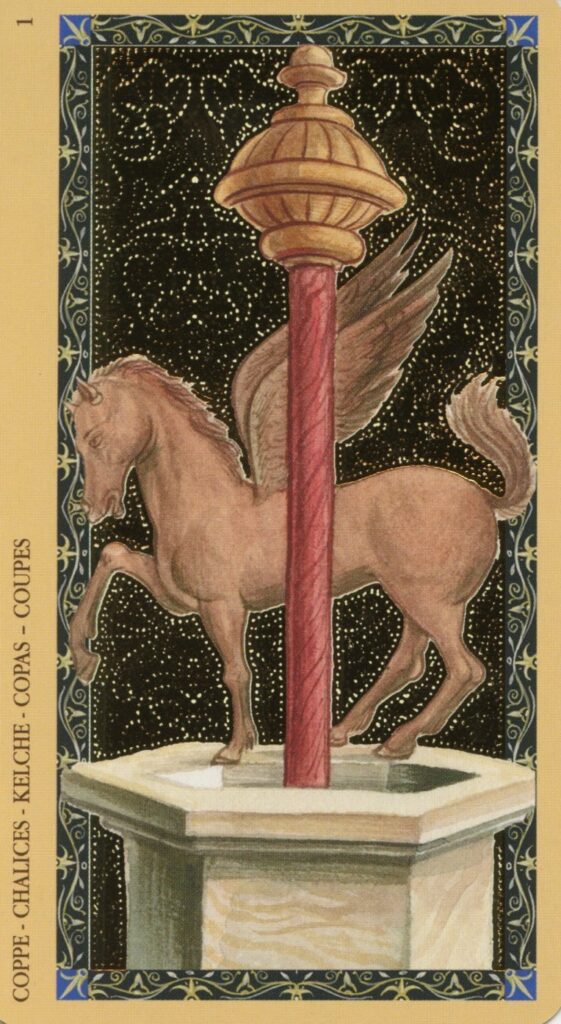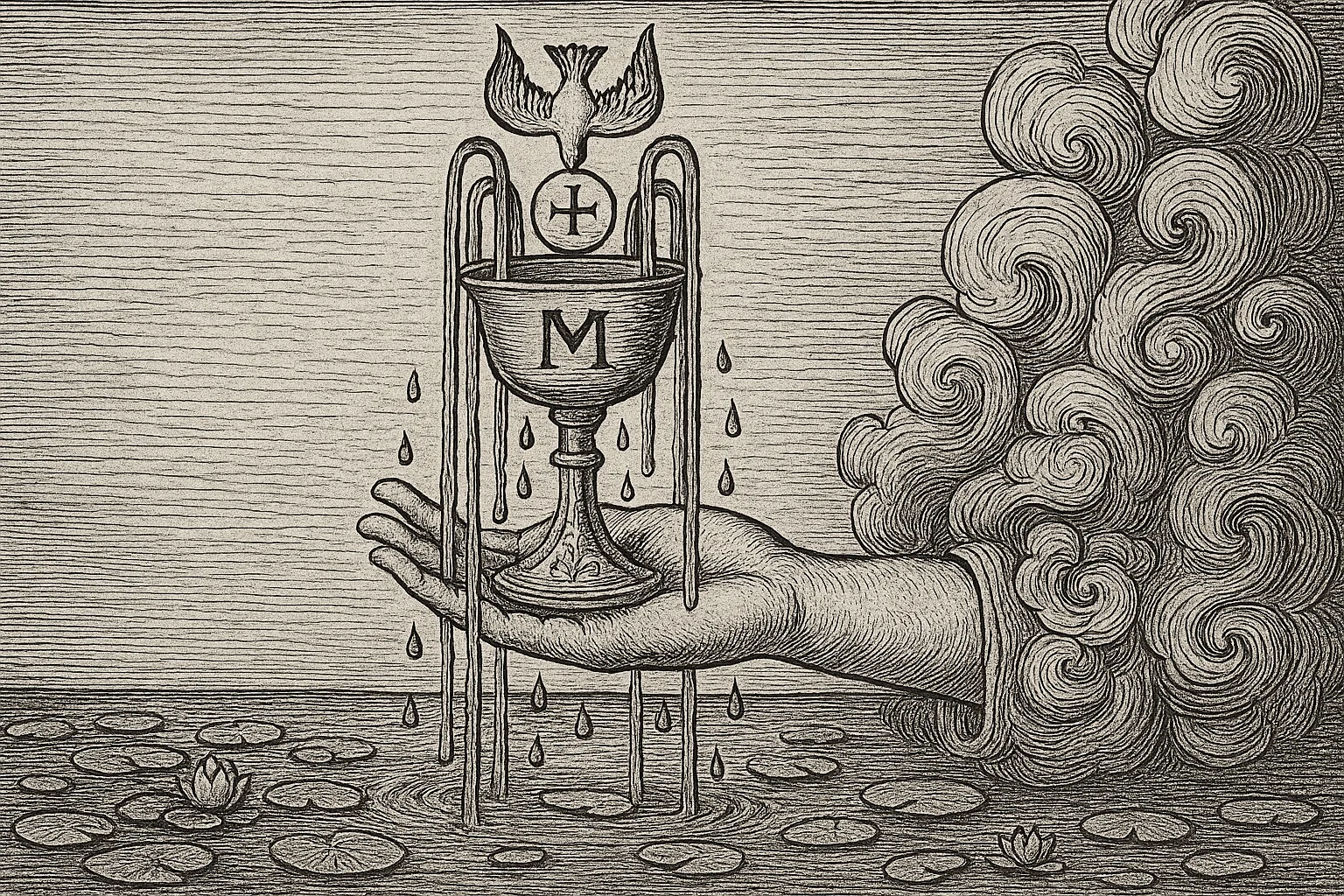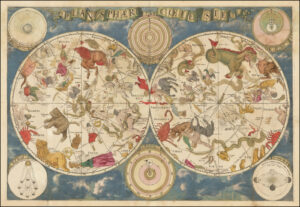There exists, beneath the surface of the world, a law older than walls and more enduring than fear: the law of porosity. Porosity is not a sentimental ideal, nor a poetic accident, it is the very means by which spirit finds passage through flesh and meaning breathes across matter. In the initiatory current of the Hermetic and Gnostic traditions, porosity marks the vessel that has learned the paradox of fullness: that only what is open can truly receive, and only what receives without hoarding can remain vital.
In the secret art of alchemy, the sealed vessel is praised for transmutation, but the alchemist knows that, without a point of exchange, the Work decays into sterility. Porosity is the mystery of the vessel that allows vapors to move, the dance of boundaries that invite the spirit without dissolving into chaos. It is neither total exposure nor paranoid closure, but a living membrane, a skin that senses, feels, responds. Those who have walked the labyrinths of spiritual practice know: what is too tightly locked becomes brittle, and what is always unguarded bleeds itself dry. True power lies in a tension, an intelligence of the threshold.
Porosity manifests itself in three movements, each echoing through the soul, the body, and the greater world.
1. The Fullness That Does Not Cling
Porosity is first the art of contentment without possession. The vessel that holds water must also let it pass; otherwise, what should refresh becomes stagnant. The soul that receives the sweetness of joy, beauty, or revelation must allow itself to be filled, but not to harden around the gift. The gnostic knows this: illumination comes not to those who seize, but to those who stand open, who can taste the wine of presence without fearing its departure. This is not passivity, but ritual satisfaction, a pleasure that is both deep and unafraid of loss. To be porous is to allow the current of life to move through, enriching but never enclosing. This state is often misread as weakness but, in truth, it is the ancient sign of a vessel worthy of the Mystery.

2. The Restoration of the Broken Heart
But why is porosity needed? Because the world has grown armored in its wounds. Every age has known betrayal and heartbreak, but this one has made a religion of avoidance: numbing, denying, closing the passages through which pain once entered. Yet in so doing, the passages for love and meaning are also sealed. The gnostic tradition teaches that suffering cannot be evaded, only transmuted. The heart, once broken, must learn to become not a fortress but a sanctuary, where the winds of loss and the fragrances of joy both circulate. Porosity is the medicine for the hardened soul; it does not promise to erase pain, but to let it breathe, to let grief move and become song, to let longing open new spaces within. The porous soul does not hoard its suffering, nor display it for pity; it lets experience pass, leaving behind not bitterness, but depth.
3. The Innocence That Listens
Porosity is lived as a quality of presence: the readiness to be touched, to feel what is here without recoiling or manipulating. In the alchemical process, the element of water is both receptive and discerning, always moving, always finding its level, never grasping, yet never passive. Porosity means listening with the whole body, welcoming the other, i.e., person, idea, symbol, not as threat, but as messenger. The porous being can be wounded, yes, but, in being open to wound, is also open to wonder. This innocence is not naivety, but a learned art, cultivated through practice and humility, like the young adept who returns to the Work each dawn with clean hands and unguarded heart.
Porosity is not the avoidance of burden, but its transmutation. To remain open, even under the weight of existence, is to discover that the true force is not hardness, but the persistence of softness: a supple tenacity, the quiet mastery of the vessel that endures the tides and does not shatter.




